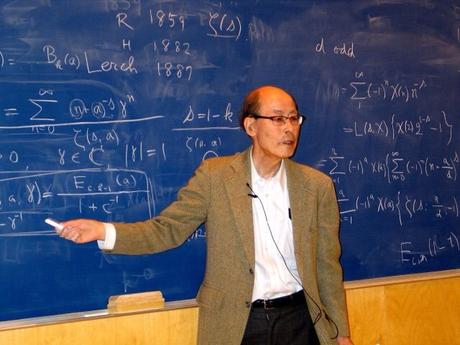



I had the privilege of taking several classes from Shimura when I was an undergraduate. He is the author of Elementary Dirichlet Series and Modular Forms (Springer 2007), Arithmeticity in the Theory of Automorphic Forms (AMS 2000), and Introduction to the Arithmetic Theory of Automorphic Functions (Princeton University Press 1971). Steele Prize for Lifetime Achievement from the American Mathematical Society. Such luminaries as Chevalley, Oppenheimer, Siegel, and Weil figure prominently in its anecdotes. Goro Shimura is Professor Emeritus of Mathematics at Princeton University. Every page of this memoir contains personal observations and striking stories.

He describes his survival of American bombing raids when he was a teenager in Japan, his emergence as a researcher in a post-war university system that was seriously deficient, and his life as a mature mathematician in Princeton and in the international academic community. DOI: 10.1090/S0273-784-3.In this book, the author writes freely and often humorously about his life, beginning with his earliest childhood days. "Review of Abelian varieties with complex multiplication and modular functions by Goro Shimura". They achieved complete results concerning the abelian extensions of number fields arising from abelian varieties, with complex multiplication, of arbitrary dimension n. Aside from some results of Hecke in 1912, the only progress on the twelfth problem was made by Shimura and Taniyama in the 1950s. Hilbert’s twelfth problem, also called Kronecker’s Jugendtraum, is to do something similar for any number field K, i.e., to generate all abelian extensions of K by adjoining special values of suitable special functions. In other words, we get all abelian extensions of Q by adjoining all “special values” of e( x) = exp(2π ix), i.e., with x ∈ Q.


 0 kommentar(er)
0 kommentar(er)
